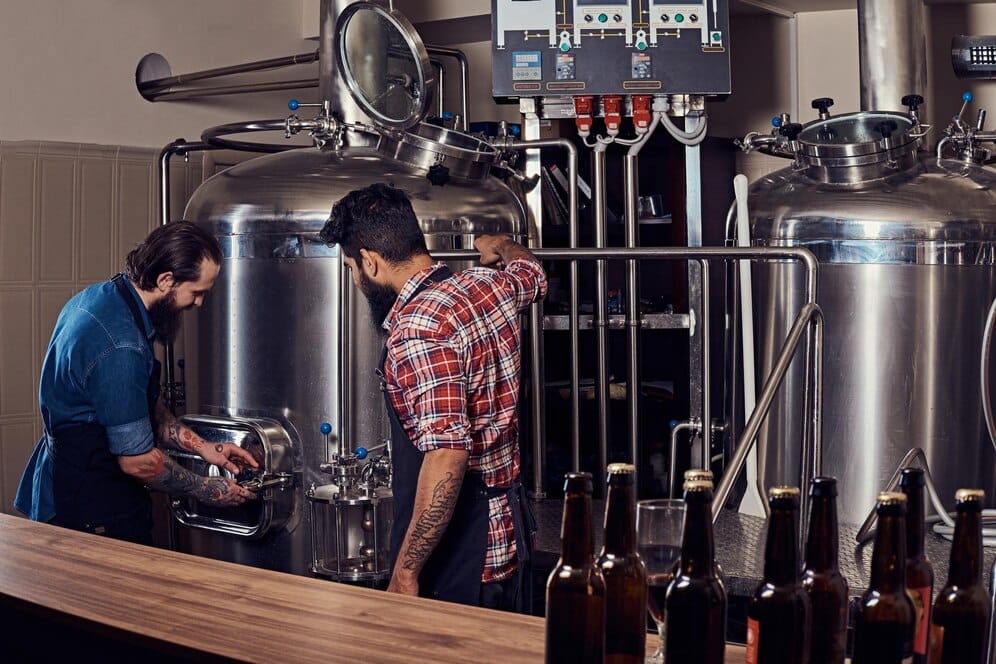The American Microbrewery Boom: A Taste of Local Flavors
In this article, we'll explore the craft beer movement and its local and regional variations, highlighting the diversity of styles, flavors, and brewing techniques that define American microbreweries.


The American microbrewery boom has transformed the landscape of the beer industry, giving rise to a vibrant craft beer movement that celebrates innovation, creativity, and local flavors. In this article, we'll explore the craft beer movement and its local and regional variations, highlighting the diversity of styles, flavors, and brewing techniques that define American microbreweries.
Origins of the Craft Beer Movement
The roots of the craft beer movement can be traced back to the late 20th century, when a small group of pioneering brewers began experimenting with traditional brewing methods and ingredients to create unique and distinctive beers. Fueled by a passion for quality and creativity, these early craft brewers challenged the dominance of mass-produced, industrial beers and paved the way for a new era of artisanal brewing in America.
Rise of Microbreweries
As consumer demand for craft beer grew, so too did the number of microbreweries across the United States. Today, microbreweries are thriving in cities and towns from coast to coast, producing a diverse range of beers that reflect the local culture, ingredients, and brewing traditions of their respective regions.
Embracing Local Flavors
One of the hallmarks of the craft beer movement is its emphasis on local ingredients and flavors. Microbreweries source hops, grains, fruits, and spices from nearby farms and suppliers, infusing their beers with the distinctive tastes and aromas of the surrounding landscape. From citrusy West Coast IPAs to rich and roasty stouts brewed with locally roasted coffee, craft beers offer a taste of the terroir and terpene unique to each region.
Regional Variations
The craft beer scene in America is incredibly diverse, with each region boasting its own unique brewing traditions and styles. In the Pacific Northwest, hop-forward IPAs reign supreme, showcasing the bold flavors and aromas of locally grown hops. In the Midwest, breweries specialize in hearty and malt-forward beers like porters and lagers, while on the East Coast, sour ales and barrel-aged beers are gaining popularity among discerning drinkers.
Collaborative Spirit
One of the defining features of the craft beer community is its collaborative spirit. Microbreweries often collaborate with local artisans, farmers, and businesses to create special limited-edition beers that showcase the best of what the region has to offer. These collaborative brews celebrate the creativity and ingenuity of the craft beer community while fostering connections and camaraderie among brewers and beer enthusiasts alike.
Supporting Local Economies
In addition to creating unique and flavorful beers, microbreweries play a vital role in supporting local economies and communities. By sourcing ingredients locally, hiring local staff, and contributing to the cultural and culinary landscape of their neighborhoods, microbreweries help stimulate economic growth and promote sustainable development in their regions.
Conclusion
In conclusion, the American microbrewery boom represents a renaissance of creativity, innovation, and local flavor in the beer industry. From humble beginnings to a thriving movement with nationwide reach, craft breweries continue to push the boundaries of brewing excellence while celebrating the rich tapestry of flavors and traditions that make American beer culture so unique. Whether you're sipping a hoppy IPA in Oregon or a crisp lager in Wisconsin, each pint tells a story of craftsmanship, community, and the pursuit of flavor.